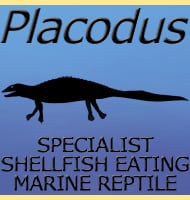Brachauchenius
In Depth Brachauchenius was once regarded as one of the largest pliosaurs, and this was down to the addition of a skull measuring 170 centimetres in length to the genus. However, in 2013 this skull was used to establish a new genus called Megacephalosaurus. This in turn has led to a size revision for Brachauchenius, … Read more
